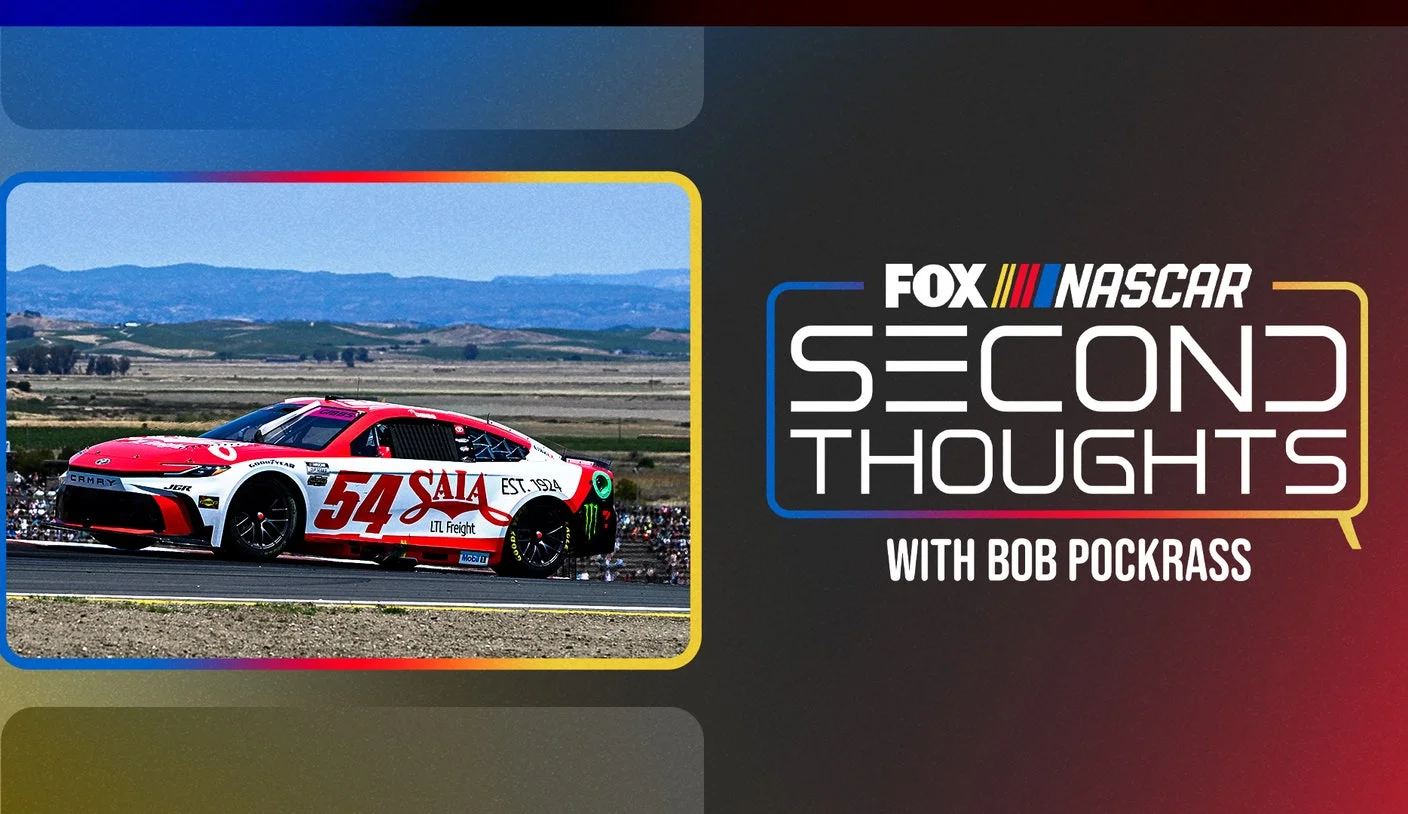
NASCAR Cup Series: Should NASCAR Enact New Rules To Avoid Car and Crew Contact After Sonoma Incident?
Published: Jul. 16, 2025, 1:13 p. bet88.pjm. ET
Bob Pockrass, FOX Motorsports Insider
The incident involving Ty Gibbs and Brad Keselowski’s crew during the pit stops at Sonoma has been likened to a brushback pitch, where Gibbs collided with a tire carried by a member of Keselowski’s crew while coming in for his stop.
However, the situation is much more concerning when a race car is involved, as the stakes are higher and injuries can occur more frequently. Gibbs drove through the Keselowski pit box, which is allowed since Keselowski wasn’t in his pit stall. A driver is permitted to pass through three empty pit boxes leading to their own stop.
Telvin McClurkin, the tire carrier, was properly positioned in his pit box with two tires. Crew members carrying two tires, or a tire combined with a jack or pit gun, are classified as dual-purpose crew members.
The relevant rule states: “The dual-purpose crew member must be positioned close to the pit wall until the vehicle is one pit box away from its assigned pit box.” However, there is no clear definition of what “close” means, leaving it to NASCAR’s discretion. I suspect that if you asked ten people to define “close,” you’d get multiple interpretations.
So, McClurkin didn’t violate any rules. Did he stick to the wall? No. Was he further out than other tire carriers during stops? Not by a long stretch. However, there’s another rule regarding interference: “Any crew member, equipment, or tire/wheel interfering with another crew’s pit stop may incur a penalty.”
Did McClurkin interfere with Gibbs? Did Gibbs disrupt McClurkin, especially since Keselowski was about to enter the pit? According to the rules, both had a right to be where they were, and NASCAR opted not to impose any penalties.
During the NASCAR Cup Series Toyota/Save Mart 350 at Sonoma Raceway, it’s not unusual for tire carriers and changers to try to disrupt another driver’s stop, whether by daringly getting in the way or positioning tires in a risky manner color perya online. Likewise, drivers sometimes feel compelled to get as close as possible to a pit crew member who appears to be occupying too much space.
Drivers carry immense responsibility, but crew members are also aware that cars are approaching. mines in gcash When performing a pit stop, they are trained to ensure they are out of the way before the driver is signaled to go, or else they risk being run over.
It seems both parties could have allowed a bit more space. Did they have to? Not necessarily.
“There’s a lot of gamesmanship involved in how things operate,” remarked three-time Cup champion Joey Logano. “I can only share my own experiences. You don’t want to endanger your own safety. That said, I’ve been guilty of it. peso slot We’ve all made mistakes.”
“We’ve all perhaps chosen the wrong approach at times, but when considering these pit crew members, it’s not just their safety; it’s also their livelihood and how they support their families. The last thing you want is to injure one of them. Everyone needs to collaborate on pit road, especially in tight situations like this jili sign up bonus.”
As for a possible solution, there are already established lines on the track that drivers must observe to prevent hitting crew members. Should there be a marked limit for how far a dual-purpose crew member can extend beyond the wall before their car enters the pit?
However, implementing such a measure isn’t straightforward. If a line were drawn, it would need to be monitored via the pit road camera system. Would that line reference the crew member’s feet or include the tires and equipment they carry? And should the line only be enforced when a car is coming into a pit stall?
This is a matter where NASCAR likely hopes teams and crew members can self-regulate. So far, this approach has worked, yet circumstances may change if a crew member is injured, potentially prompting NASCAR to take action.
Bob Pockrass covers NASCAR and INDYCAR for FOX Sports and has spent decades reporting on motorsports, including more than 30 Daytona 500s, with contributions at ESPN, Sporting News, NASCAR Scene magazine, and The (Daytona Beach) News-Journal. Follow him on Twitter @bobpockrass.
What are your thoughts on this controversial incident and the potential need for new rules in NASCAR?
